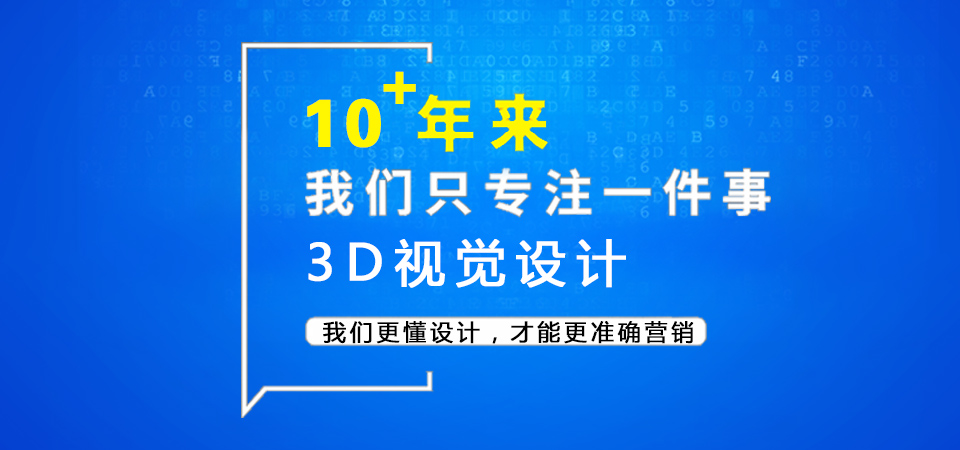下拉有很多__【询价/阅新品 + 右侧联系】
工业设备效果图案例:
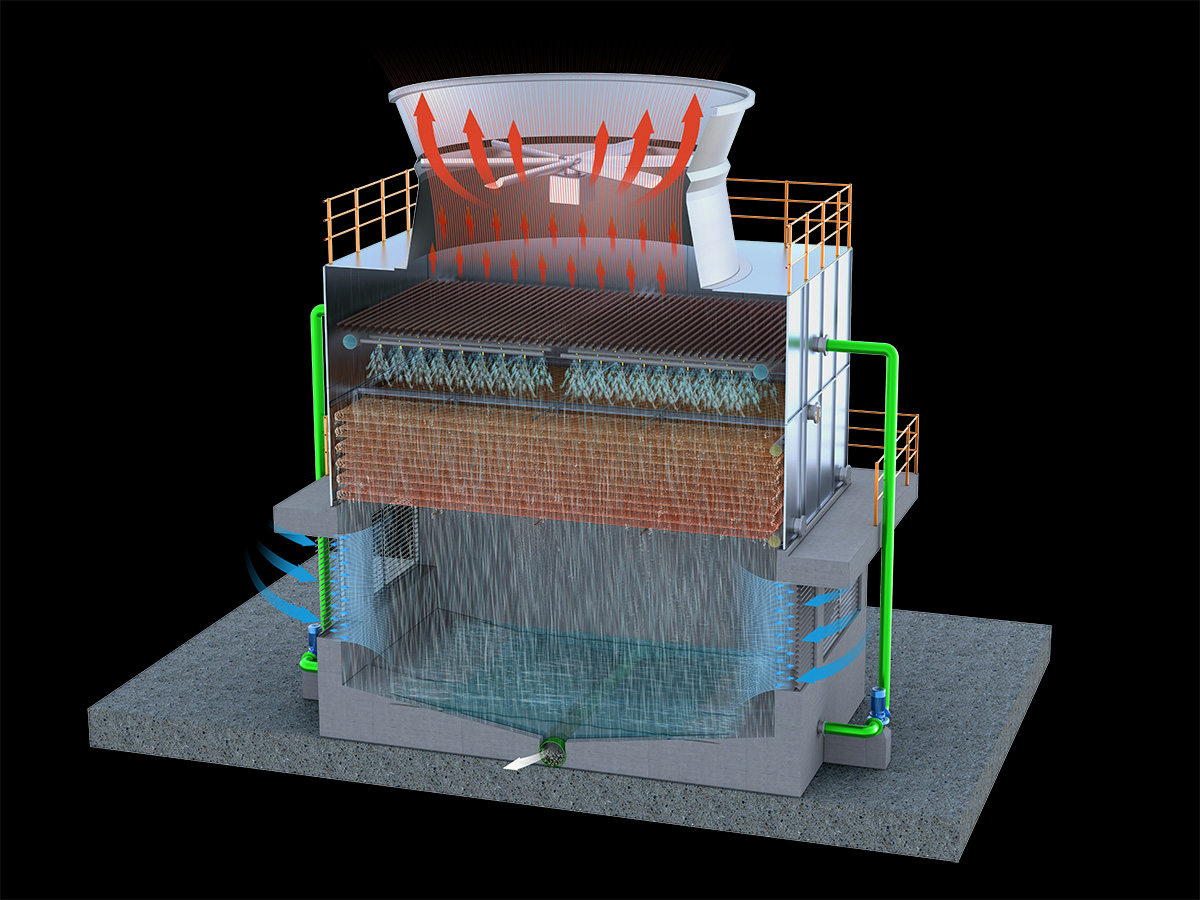
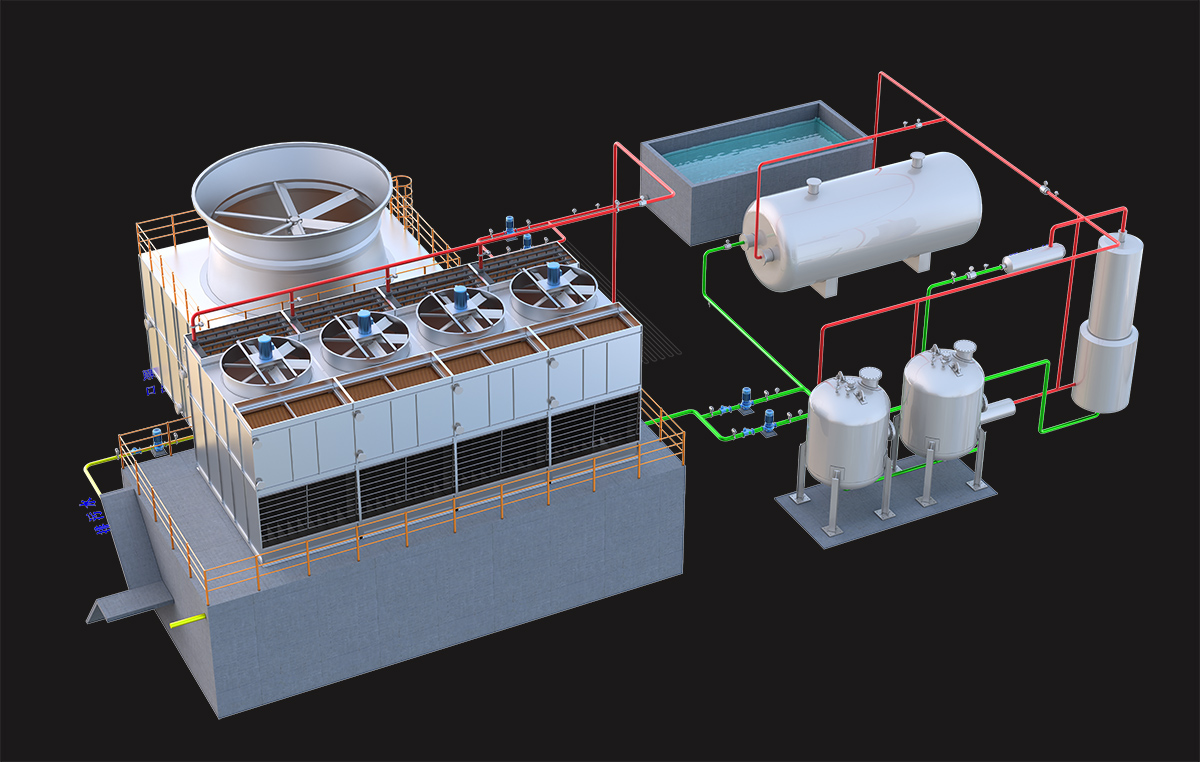
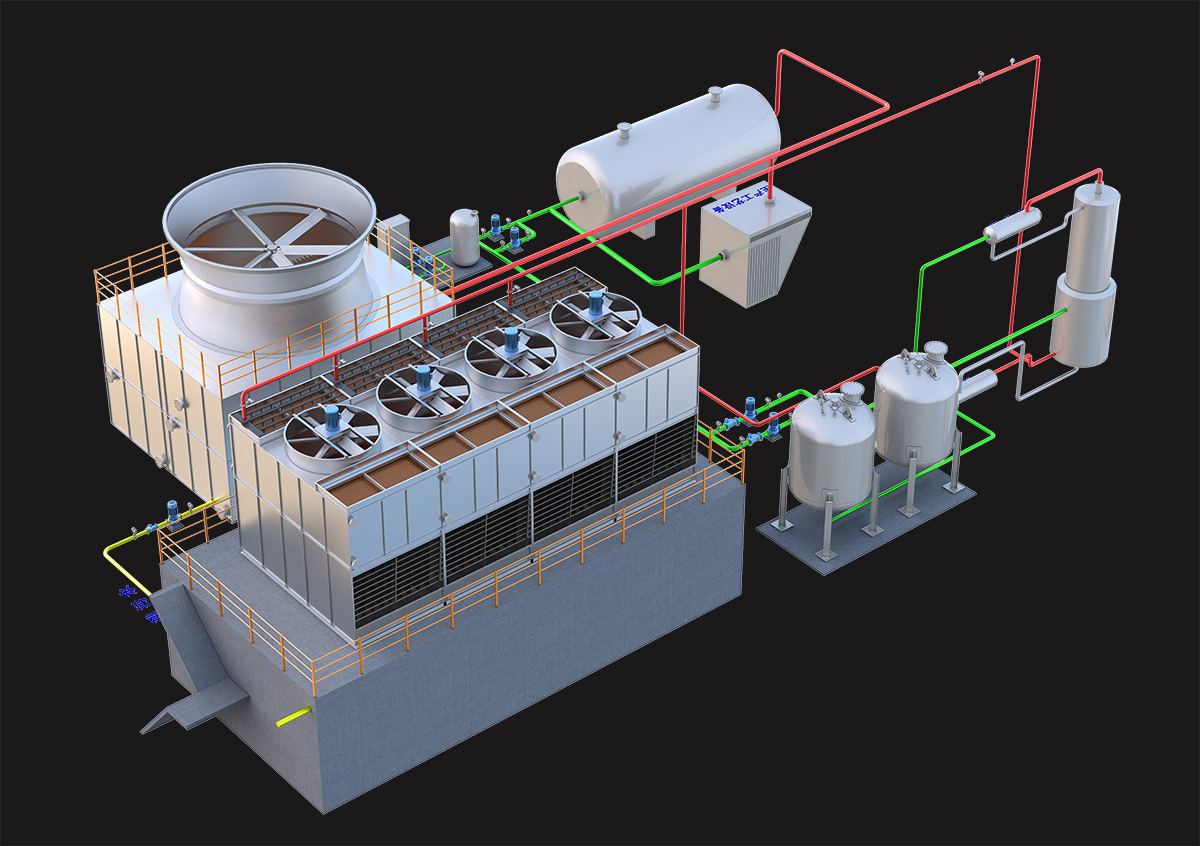

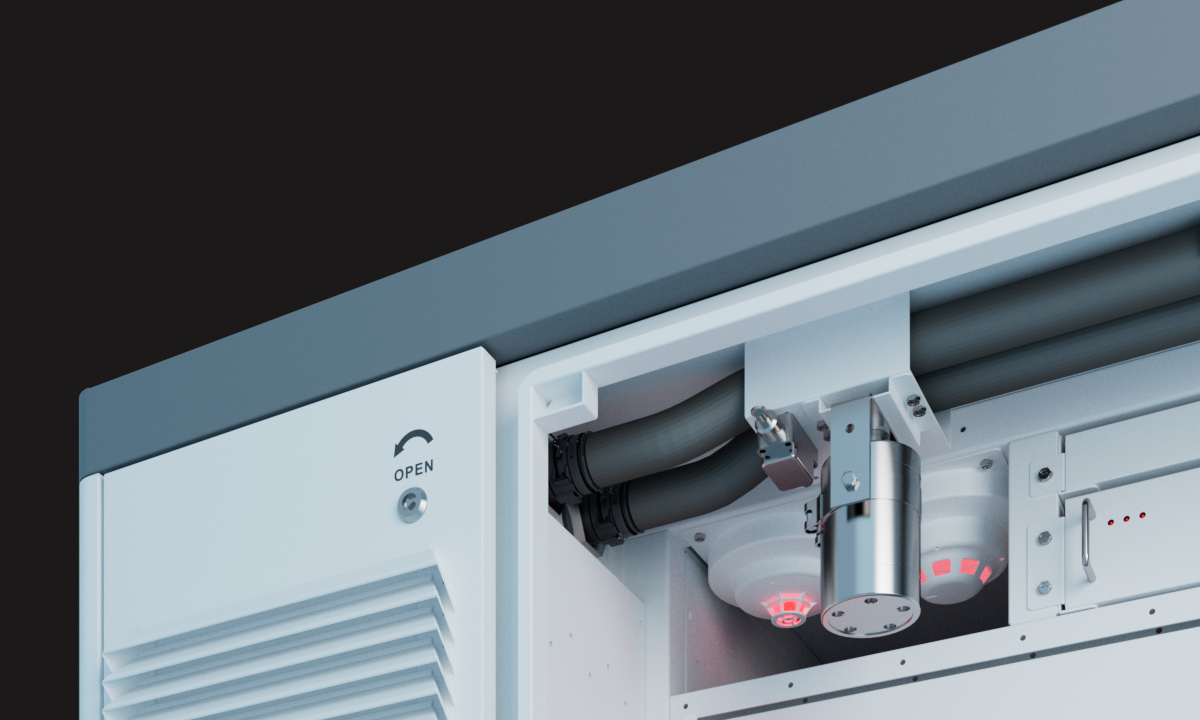
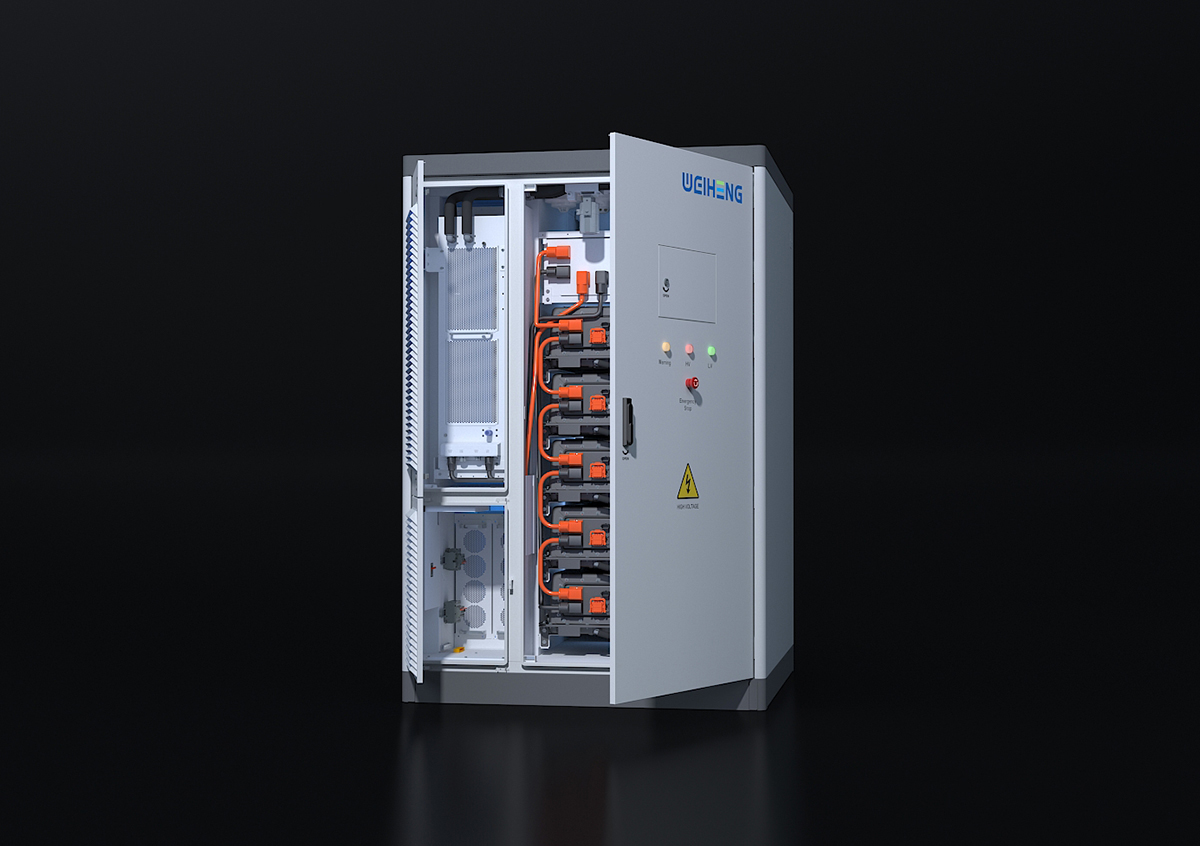
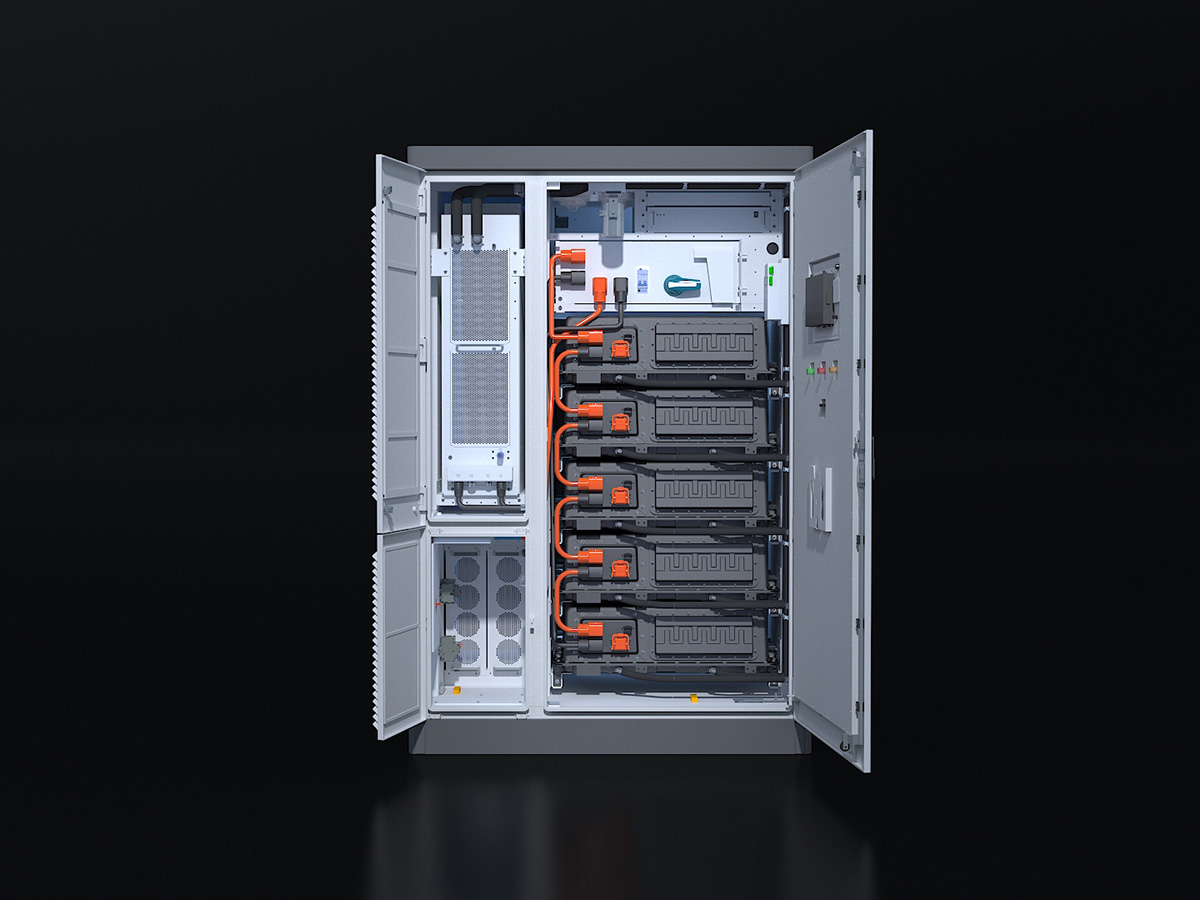
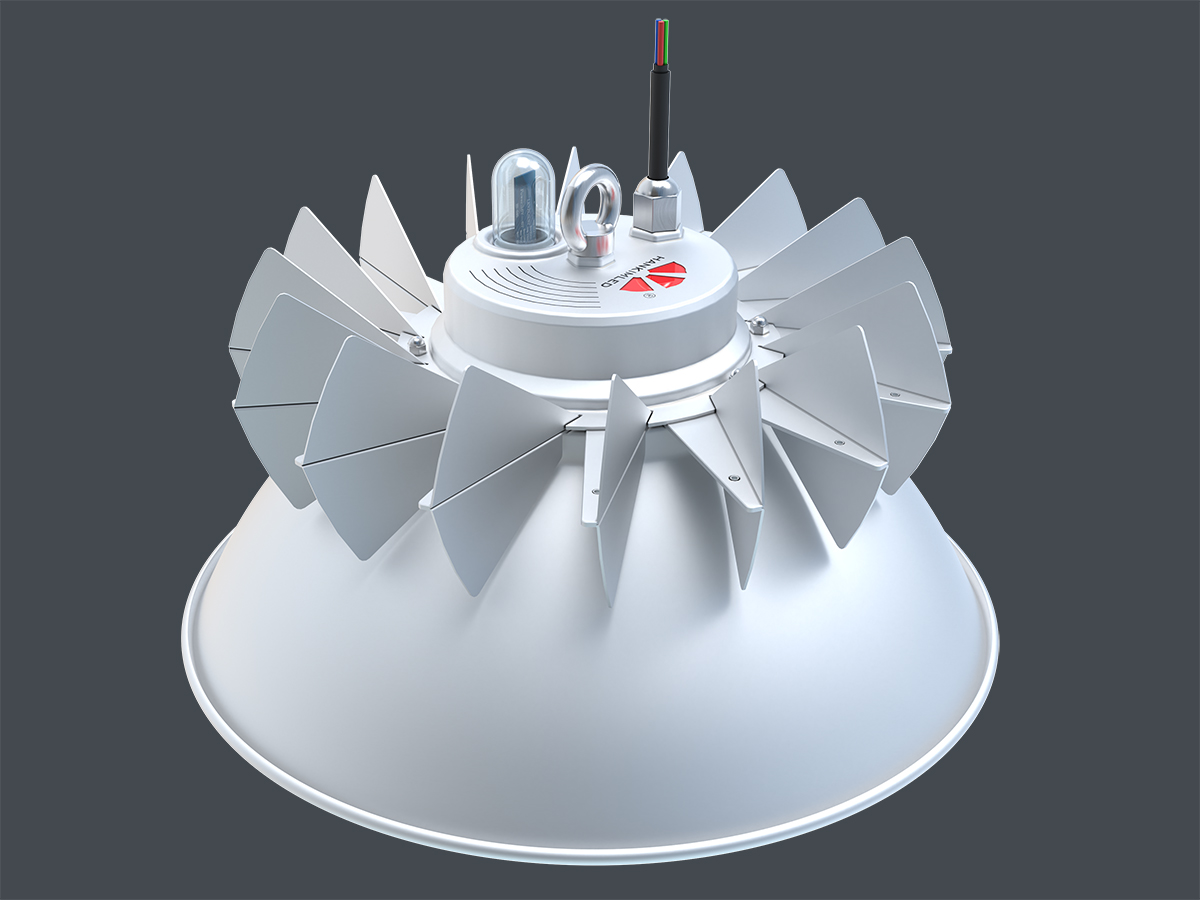
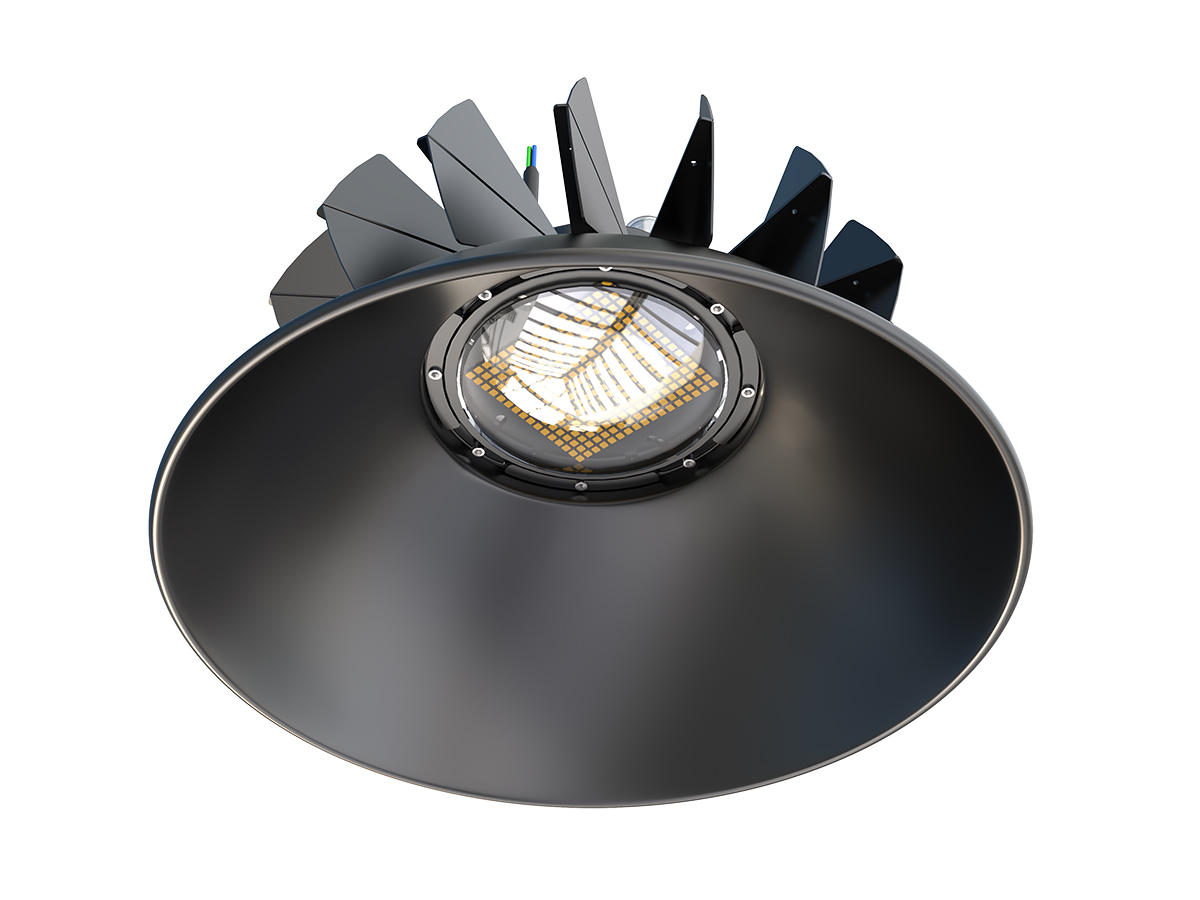
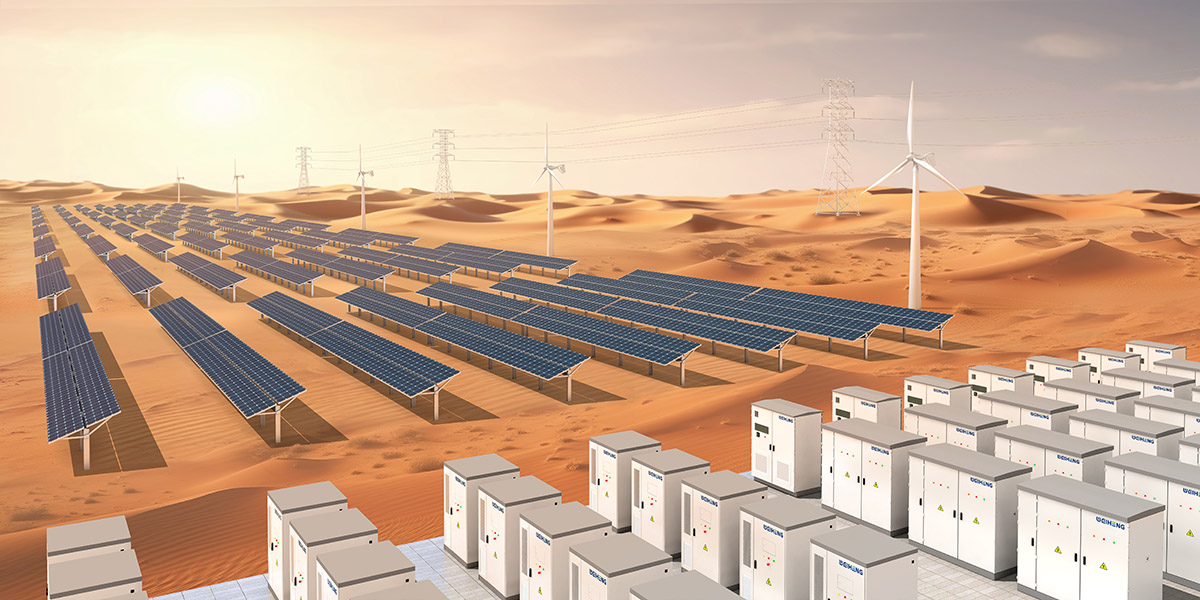
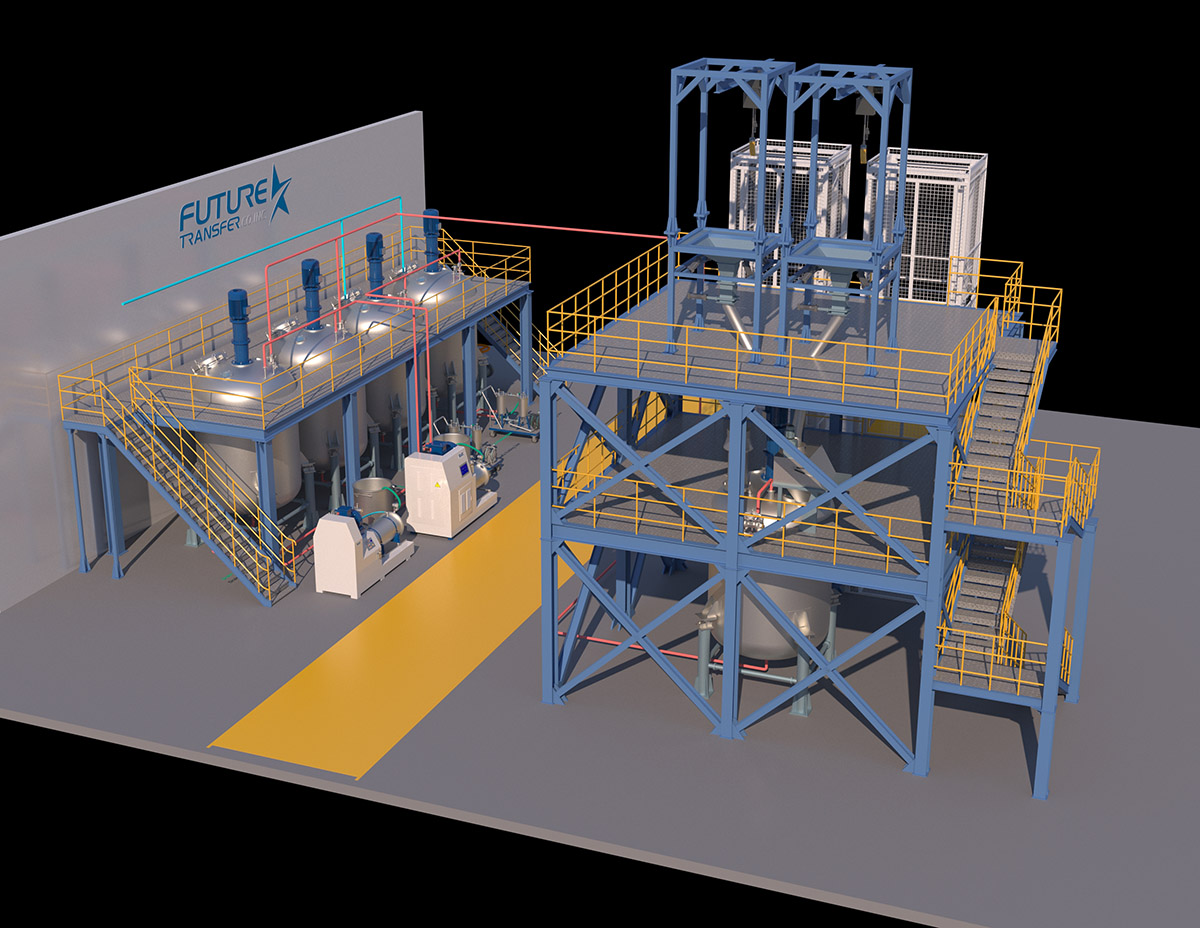
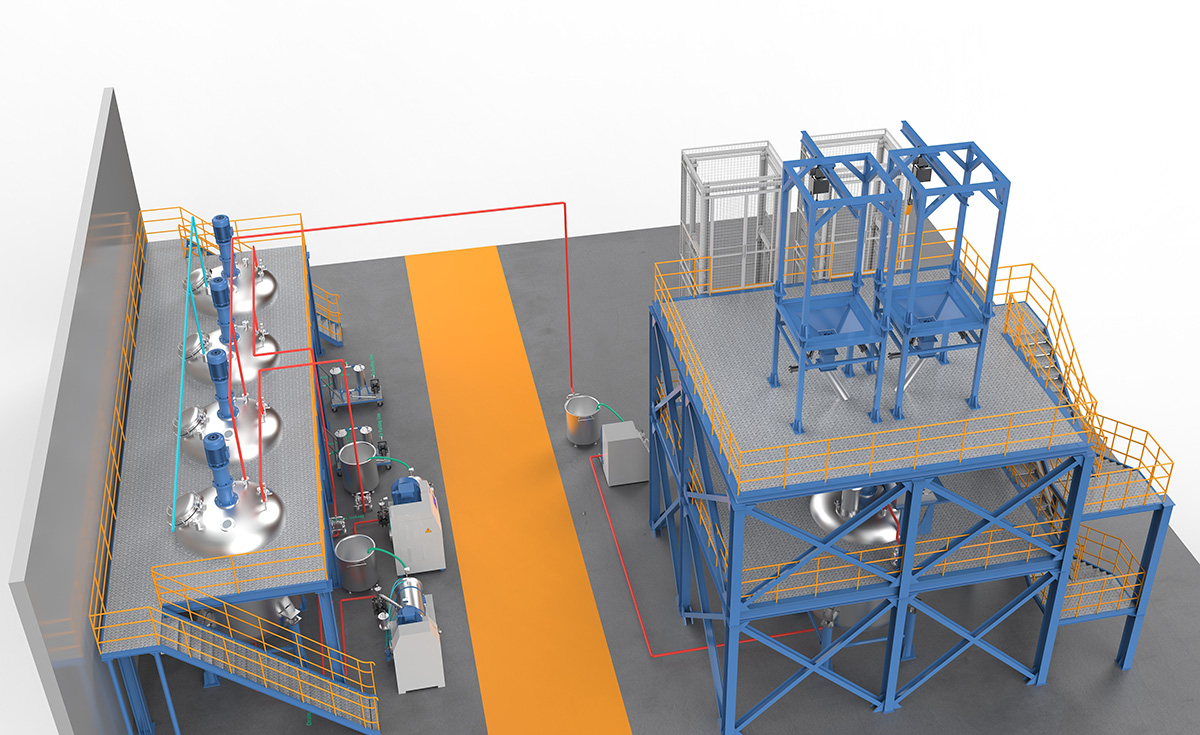
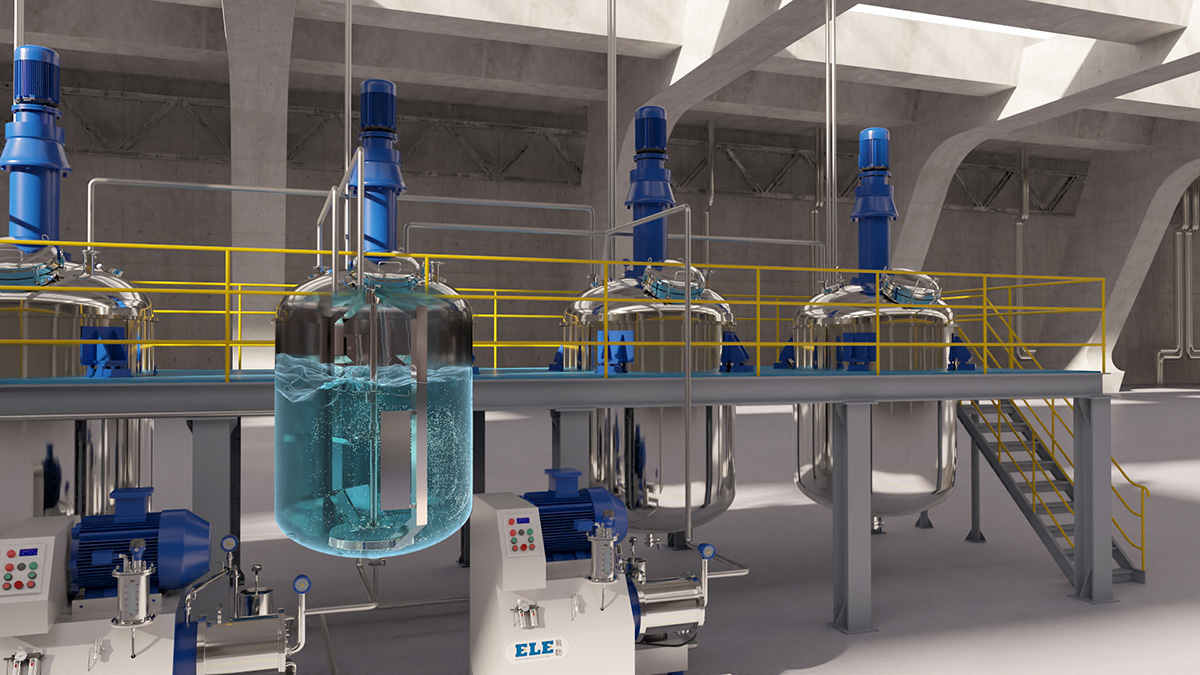
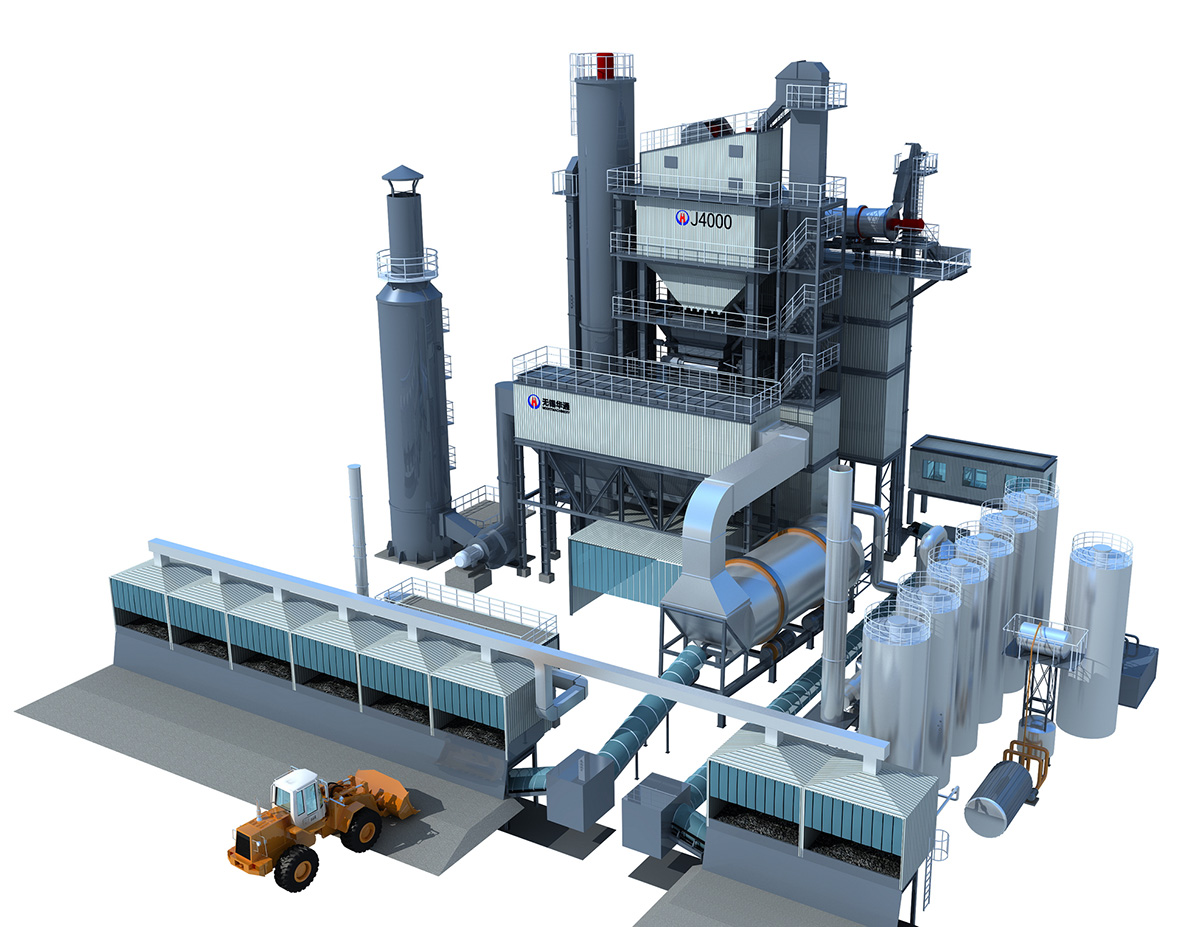
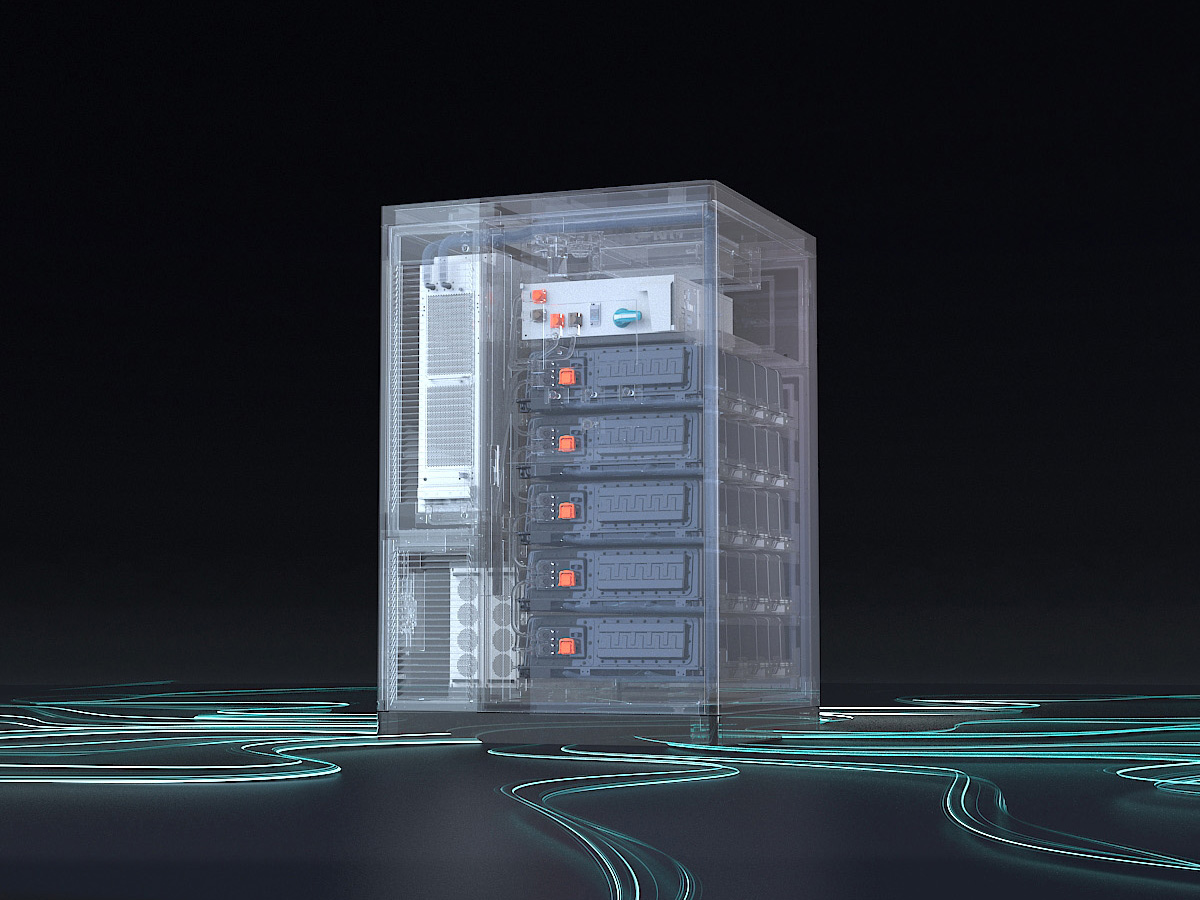
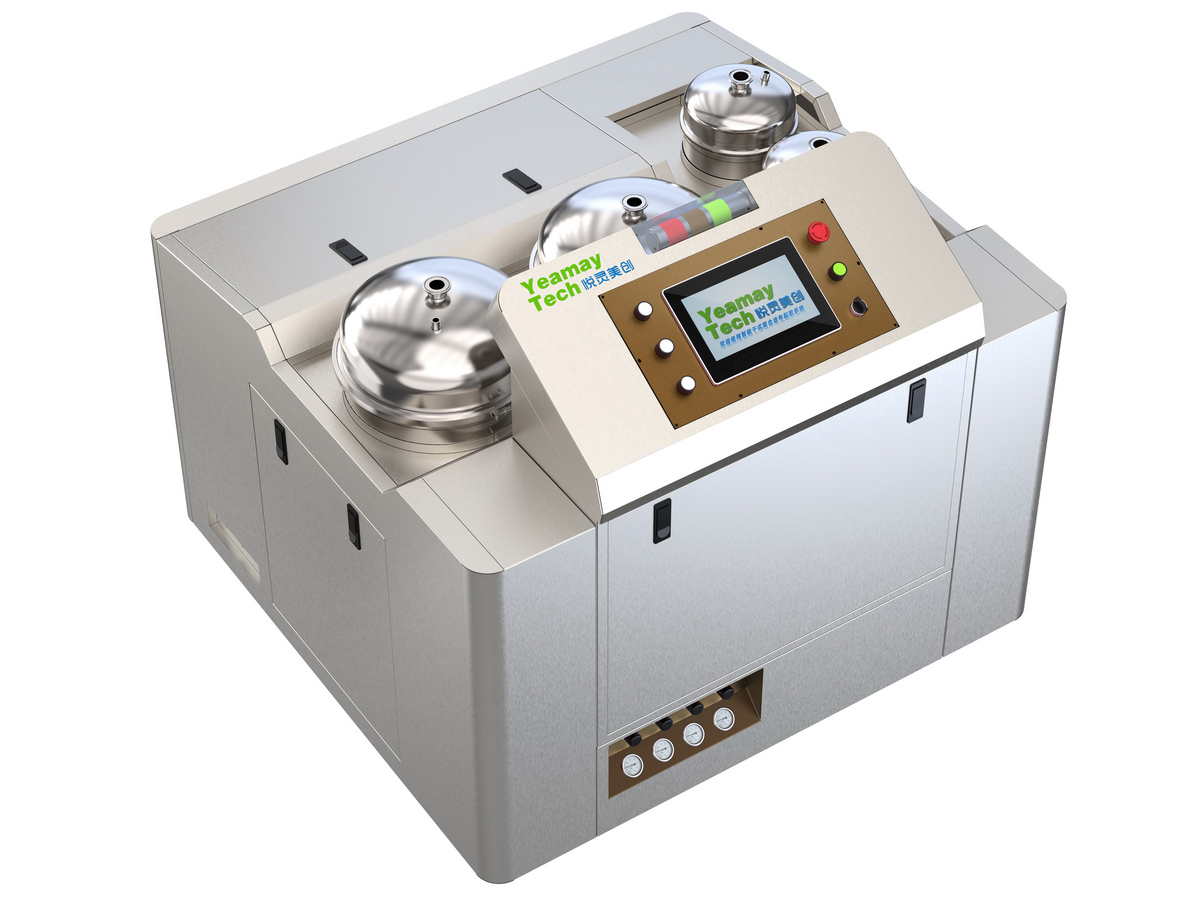
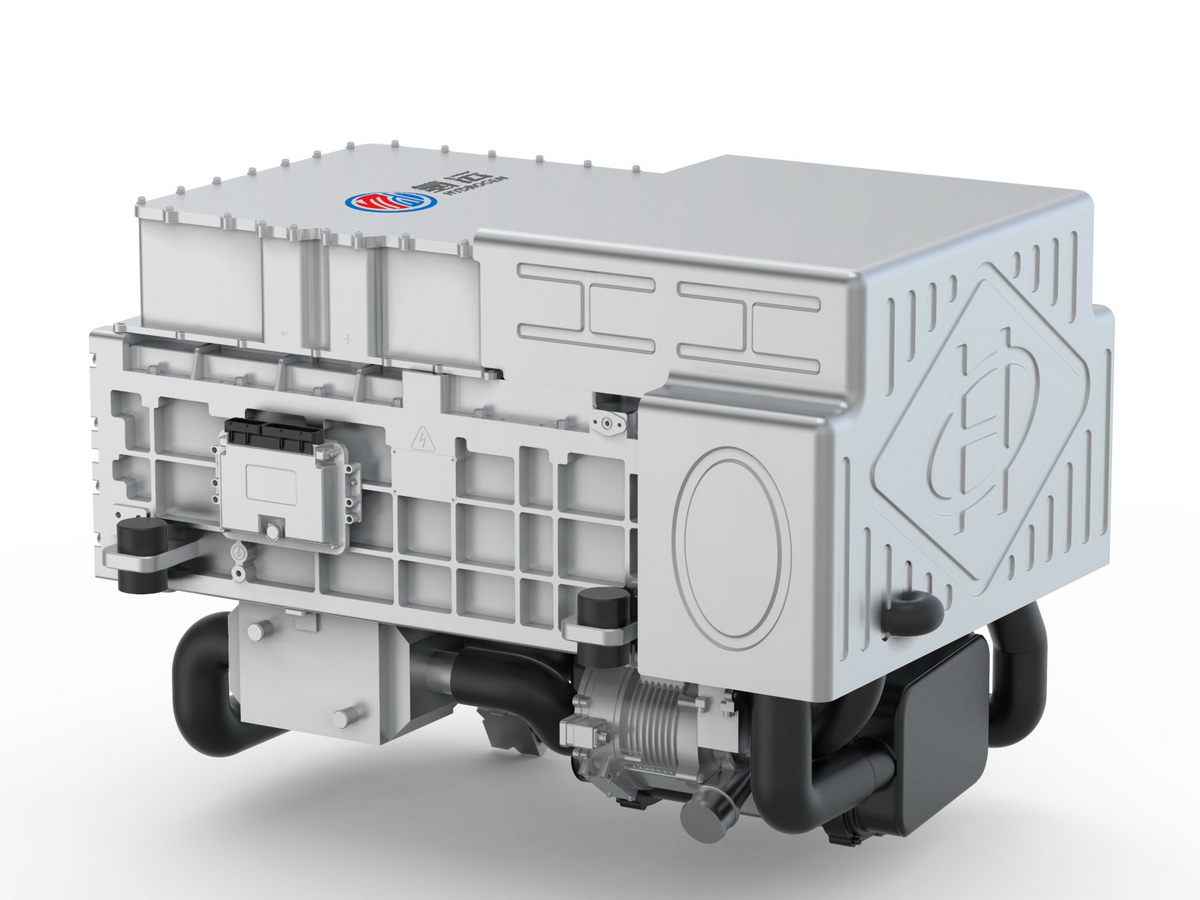
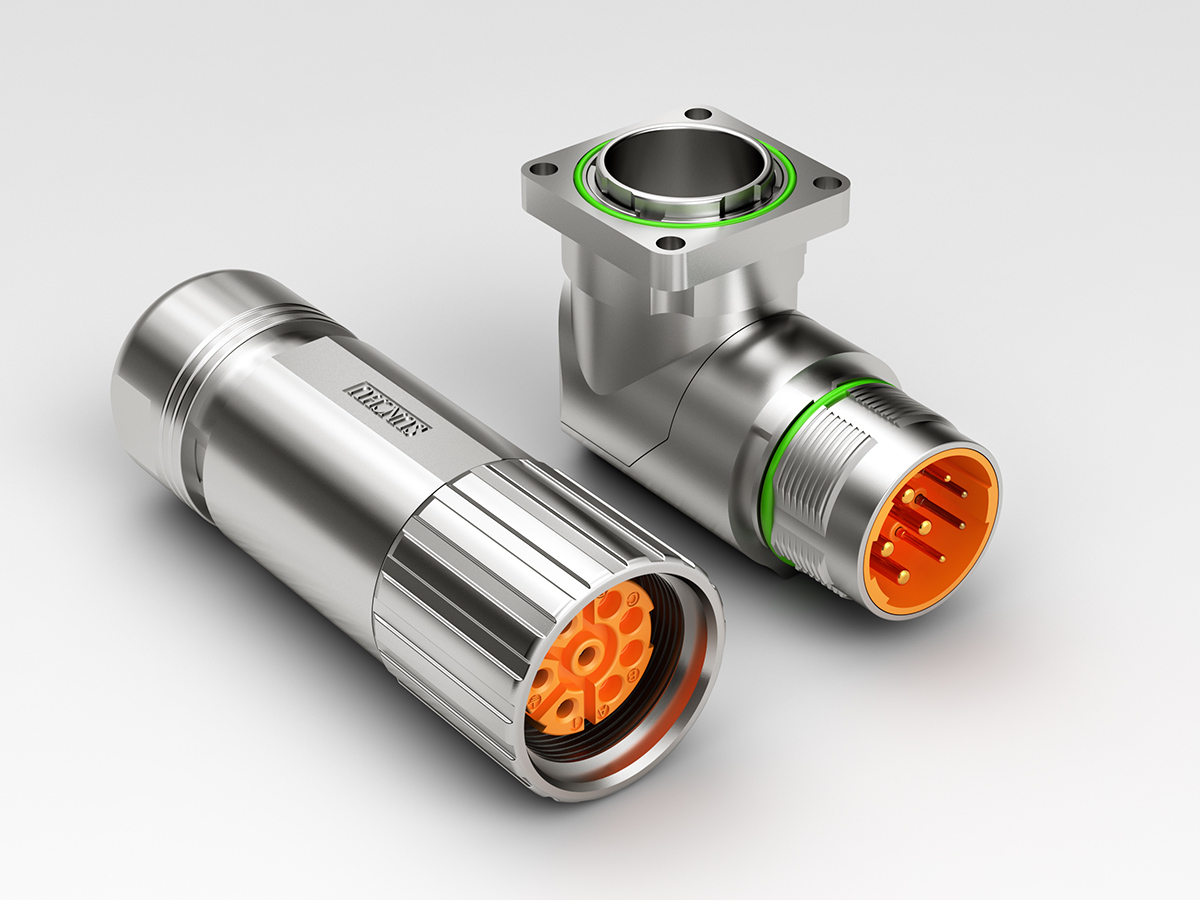 .
.
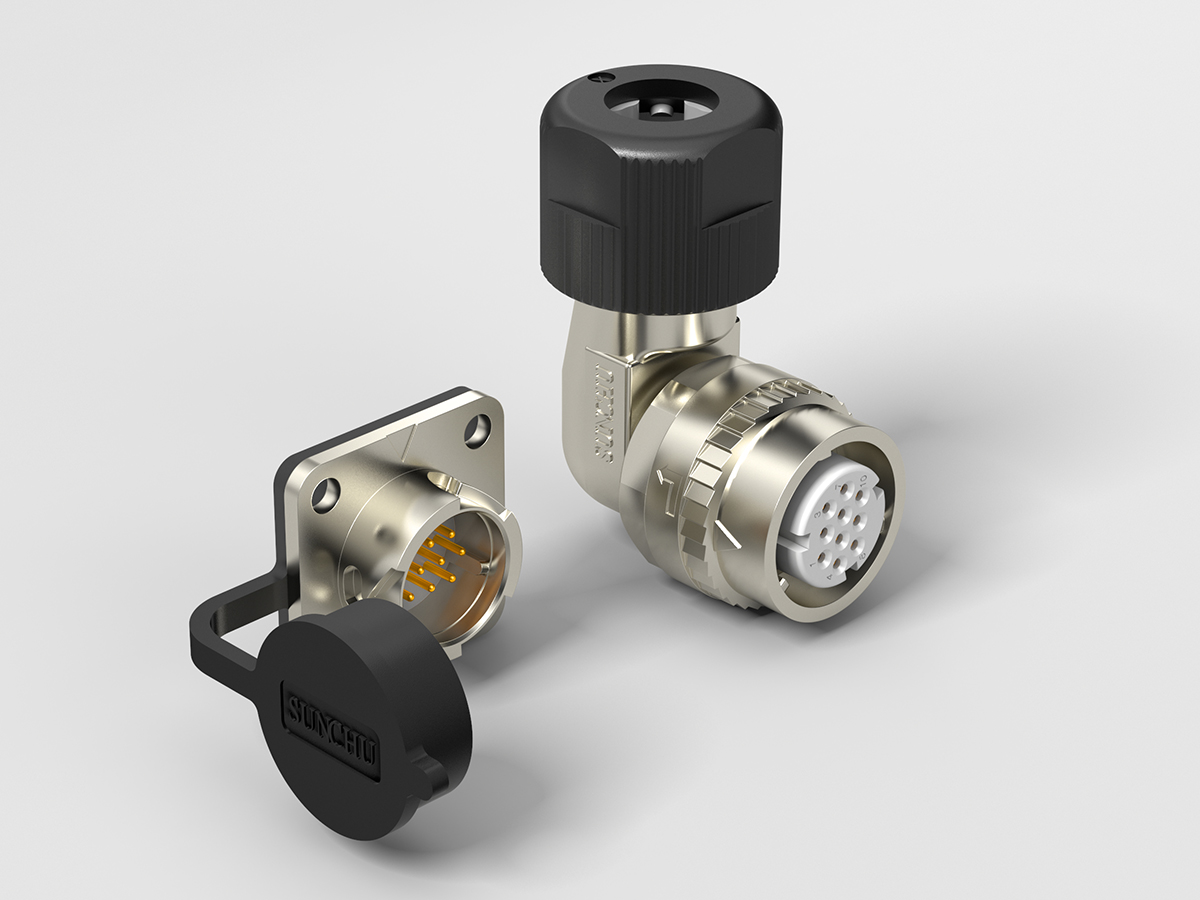
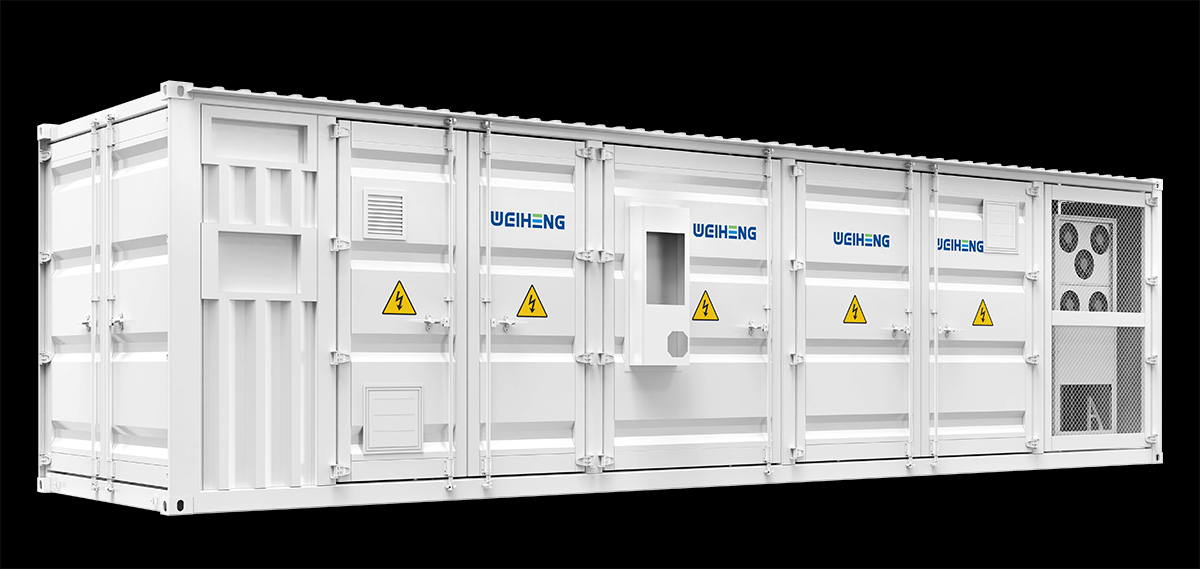
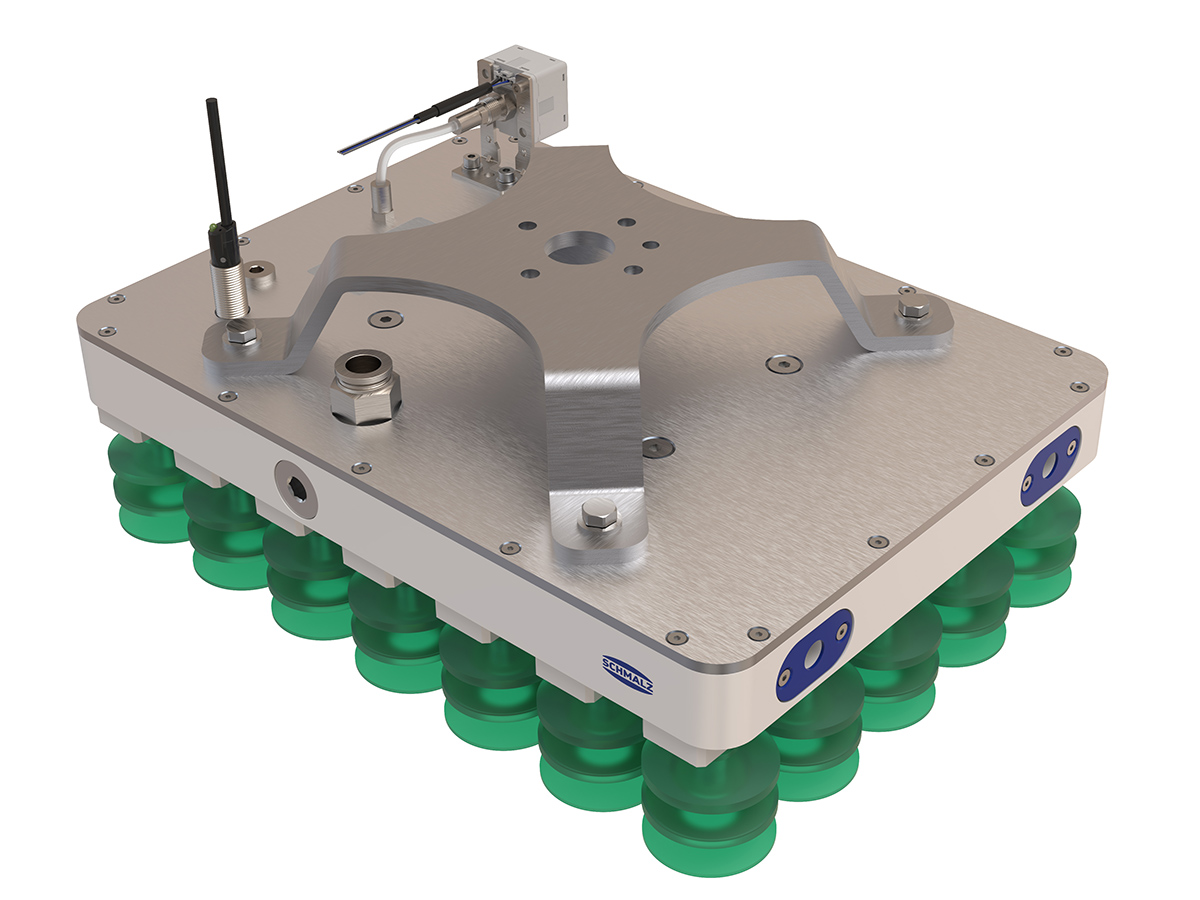
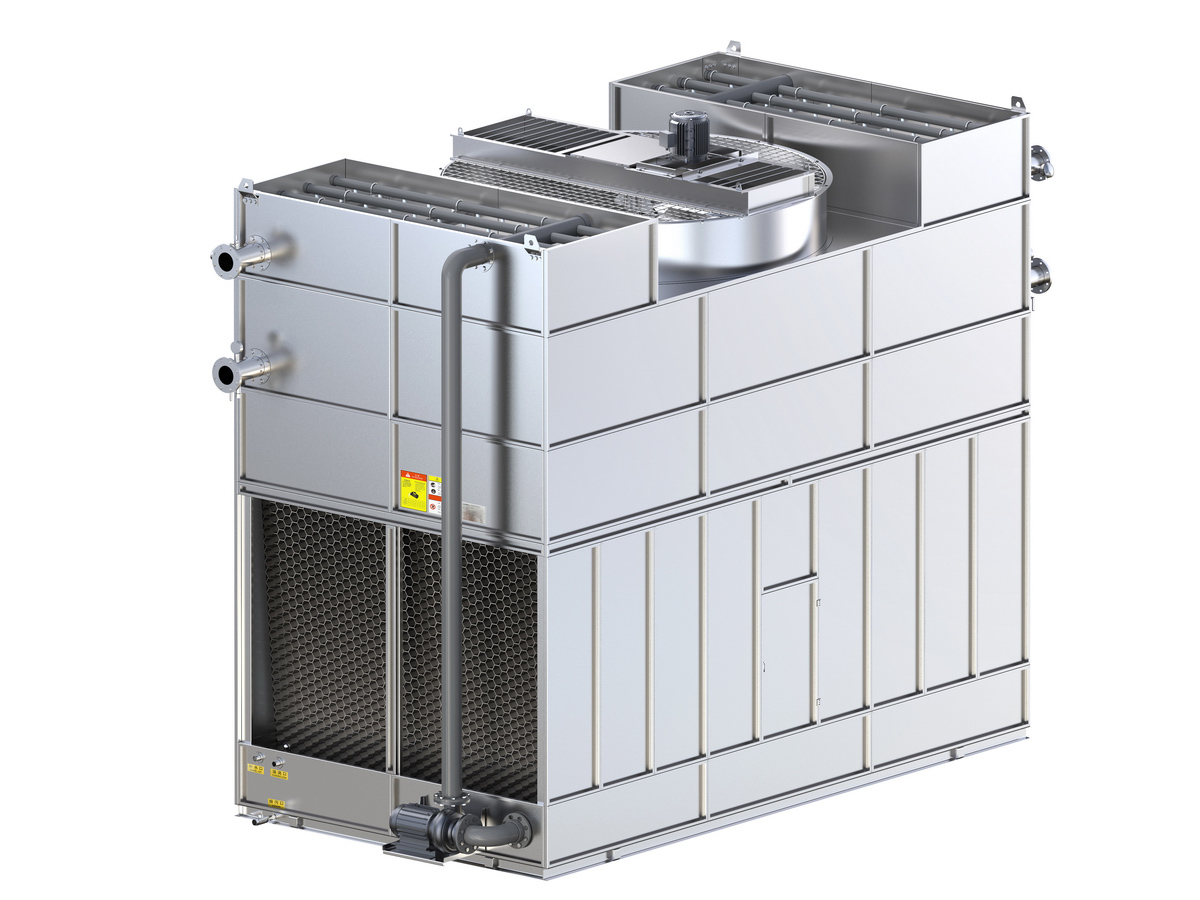
制作工业设备效果图涉及的工业设备种类广泛,以下是一些常见的工业设备类型:
机床设备:
包括车床、铣床、加工中心等,这类设备效果图常用于展示其精密结构、加工能力和自动化操作流程。
印刷设备:
如胶印机、平版印刷机等,效果图突出其印刷精度、自动化控制及高效生产能力。
化工设备:
包括反应釜、换热器、塔器(如填料塔、浮阀塔)等,效果图展示其大型结构、耐腐蚀材质及复杂工艺流程。
起重与运输设备:
如起重机、叉车、AGV(自动导引车)等,效果图强调其载重能力、灵活操作及智能化导航。
能源设备:
包括风力发电机、太阳能光伏系统、锅炉等,效果图展示其高效发电、模块化安装及环保设计。
包装设备:
如灌装机、封箱机、包装线等,效果图突出其自动化包装、高效物流及模块化设计。
医疗设备:
如X射线检测系统、牙科数控铣床、牙科植入物制造机等,效果图展示其高精度、智能化及符合人体工程学的设计。
采矿与建筑设备:
包括挖掘机、装载机、采矿警报系统等,效果图展示其重型结构、高效作业能力及安全防护设计。
自动化与检测设备:
如机器人生产线、激光焊接机、超导计算机等,效果图突出其高效生产、精密加工及高科技感。
制作工业设备效果图具有多方面的重要好处,以下从不同维度进行全面且深入的阐述:
一、提升产品展示与营销效果
增强视觉吸引力
效果图通过逼真的三维建模、材质渲染及场景布置,将工业设备的外观、结构及功能以直观、生动的方式呈现,吸引客户注意力。
相较于传统二维图纸或文字描述,效果图更具视觉冲击力,能快速传达产品核心价值。
精准传达设计意图
效果图可精确展示工业设备的尺寸、比例、材质及工艺细节,避免因语言或文字描述不准确而导致的误解。
客户可通过效果图提前了解产品全貌,减少沟通成本,提高决策效率。
促进市场推广与销售
在产品宣传册、网站、展会等场景中,效果图是重要的营销工具,能提升品牌形象,增强客户信任感。
通过效果图展示产品的创新设计、高效性能及适用场景,可激发客户购买欲望,促进销售转化。
二、优化设计与研发流程
设计验证与迭代
在产品研发阶段,效果图可用于验证设计方案的可行性,提前发现潜在问题(如结构冲突、操作不便等)。
通过多次修改和优化效果图,可减少实际生产中的设计变更,降低研发成本。
跨部门协作与沟通
效果图作为统一的设计语言,可促进研发、生产、销售等部门之间的沟通与协作。
各部门可通过效果图快速理解设计意图,提出反馈意见,确保产品符合市场需求。
降低研发风险
通过效果图模拟产品在实际工作环境中的表现,可评估其适用性、可靠性及安全性。
提前发现并解决潜在问题,可降低研发风险,确保产品顺利推向市场。
三、支持生产与制造环节
指导生产与装配
效果图可作为生产指南,帮助工人理解产品结构、装配顺序及操作要点。
通过效果图展示关键部件的安装位置、连接方式及调试方法,可提高生产效率,减少装配错误。
优化工艺流程
效果图可用于模拟生产工艺流程,评估生产线的布局、设备配置及物流路径。
通过优化效果图中的工艺流程,可提高生产效率,降低制造成本。
培训与教学工具
效果图可作为培训教材,帮助新员工快速掌握产品知识、操作技能及维护方法。
在教学场景中,效果图可直观展示工业设备的原理、结构及功能,提高教学效果。
四、提升客户服务与售后支持
客户定制化需求响应
通过效果图展示不同配置、颜色或材质的工业设备,可满足客户个性化需求。
客户可通过效果图提前确认产品外观及功能,减少定制化生产中的沟通成本。
售后技术支持
效果图可作为售后技术支持的工具,帮助客户理解设备结构、维修方法及保养要点。
通过效果图展示关键部件的拆卸、更换及调试步骤,可提高售后服务的效率和质量。
客户反馈与产品改进
效果图可用于收集客户反馈,了解客户对产品外观、功能及使用体验的满意度。
通过分析客户反馈,可针对性地改进产品设计,提升客户满意度和忠诚度。
五、案例与数据支撑
案例分析
某机械制造企业:通过效果图展示新型数控机床的外观、结构及功能,客户订单量增长30%,研发周期缩短20%。
某能源设备公司:利用效果图模拟风力发电机在实际环境中的运行状态,提前发现并解决潜在问题,产品故障率降低15%。
数据支撑
根据行业调研,使用效果图进行产品展示的企业,客户决策效率提高40%,销售转化率提升25%。
在研发阶段,通过效果图验证设计方案的企业,设计变更成本降低30%,研发周期缩短15%。
The production of industrial equipment renderings involves a wide range of industrial equipment types, and the following are some common types of industrial equipment:
Machine tool equipment:
Including lathes, milling machines, machining centers, etc., these types of equipment renderings are commonly used to showcase their precision structures, machining capabilities, and automated operation processes.
Printing equipment:
Such as offset printing machines, offset printing machines, etc., the renderings highlight their printing accuracy, automation control, and efficient production capabilities.
Chemical equipment:
Including reaction vessels, heat exchangers, towers (such as packed towers, floating valve towers), etc., the rendering shows their large structure, corrosion-resistant materials, and complex process flow.
Lifting and transportation equipment:
Such as cranes, forklifts, AGVs (Automated Guided Vehicles), etc., the rendering emphasizes their load-bearing capacity, flexible operation, and intelligent navigation.
Energy equipment:
Including wind turbines, solar photovoltaic systems, boilers, etc., the rendering displays their efficient power generation, modular installation, and environmentally friendly design.
Packaging equipment:
Such as filling machines, sealing machines, packaging lines, etc., the renderings highlight their automated packaging, efficient logistics, and modular design.
Medical equipment:
Such as X-ray detection systems, dental CNC milling machines, dental implant manufacturing machines, etc., the rendering displays their high-precision, intelligent, and ergonomic design.
Mining and construction equipment:
Including excavators, loaders, mining alarm systems, etc., the rendering shows their heavy-duty structure, efficient operation capabilities, and safety protection design.
Automation and testing equipment:
Such as robot production lines, laser welding machines, superconducting computers, etc., the renderings highlight their efficient production, precision machining, and high-tech feel.
Creating industrial equipment renderings has many important benefits, which are comprehensively and deeply explained from different dimensions as follows:
1、 Enhance product display and marketing effectiveness
Enhance visual appeal
The renderings present the appearance, structure, and function of industrial equipment in a visual and vivid way through realistic 3D modeling, material rendering, and scene layout, attracting customer attention.
Compared to traditional 2D drawings or textual descriptions, renderings have a stronger visual impact and can quickly convey the core values of the product.
Accurately convey design intent
The rendering accurately displays the dimensions, proportions, materials, and process details of industrial equipment, avoiding misunderstandings caused by inaccurate language or textual descriptions.
Customers can gain a comprehensive understanding of the product in advance through renderings, reducing communication costs and improving decision-making efficiency.
Promote market promotion and sales
In product brochures, websites, exhibitions, and other scenarios, renderings are important marketing tools that can enhance brand image and strengthen customer trust.
By showcasing the innovative design, efficient performance, and applicable scenarios of the product through renderings, it can stimulate customers' desire to purchase and promote sales conversion.
2、 Optimize design and R&D process
Design validation and iteration
In the product development stage, renderings can be used to verify the feasibility of the design scheme and detect potential issues in advance (such as structural conflicts, inconvenient operation, etc.).
By repeatedly modifying and optimizing the renderings, design changes in actual production can be reduced, and research and development costs can be lowered.
Cross departmental collaboration and communication
As a unified design language, renderings can promote communication and collaboration between departments such as research and development, production, and sales.
Each department can quickly understand the design intent through renderings, provide feedback, and ensure that the product meets market demand.
Reduce research and development risks
By simulating the performance of products in actual working environments through renderings, their applicability, reliability, and safety can be evaluated.
Identifying and resolving potential issues in advance can reduce research and development risks and ensure the smooth launch of products into the market.
3、 Support production and manufacturing processes
Guide production and assembly
The rendering can serve as a production guide to help workers understand the product structure, assembly sequence, and operational points.
Displaying the installation position, connection method, and debugging method of key components through renderings can improve production efficiency and reduce assembly errors.
Optimize the process flow
The rendering can be used to simulate the production process flow, evaluate the layout, equipment configuration, and logistics path of the production line.
By optimizing the process flow in the rendering, production efficiency can be improved and manufacturing costs can be reduced.
Training and teaching tools
The renderings can be used as training materials to help new employees quickly master product knowledge, operational skills, and maintenance methods.
In teaching scenarios, renderings can visually display the principles, structures, and functions of industrial equipment, improving teaching effectiveness.
4、 Enhance customer service and after-sales support
Customer customized demand response
Displaying industrial equipment with different configurations, colors, or materials through renderings can meet customers' personalized needs.
Customers can confirm the appearance and functionality of the product in advance through renderings, reducing communication costs in customized production.
After sales technical support
Rendering can serve as a tool for after-sales technical support, helping customers understand equipment structure, repair methods, and maintenance points.
Displaying the disassembly, replacement, and debugging steps of key components through renderings can improve the efficiency and quality of after-sales service.
Customer feedback and product improvement
Rendering can be used to collect customer feedback and understand their satisfaction with the product's appearance, functionality, and user experience.
By analyzing customer feedback, targeted improvements can be made to product design to enhance customer satisfaction and loyalty.
5、 Case and data support
Case analysis
A certain mechanical manufacturing enterprise: By displaying the appearance, structure, and functions of a new type of CNC machine tool through renderings, the customer order volume increased by 30% and the research and development cycle was shortened by 20%.
A certain energy equipment company: Using renderings to simulate the operational status of wind turbines in actual environments, potential problems were identified and resolved in advance, resulting in a 15% reduction in product failure rates.
Data support
According to industry research, companies that use renderings for product display have a 40% increase in customer decision-making efficiency and a 25% increase in sales conversion rate.
During the R&D phase, companies that validate their design plans through renderings can reduce design change costs by 30% and shorten the R&D cycle by 15%.



